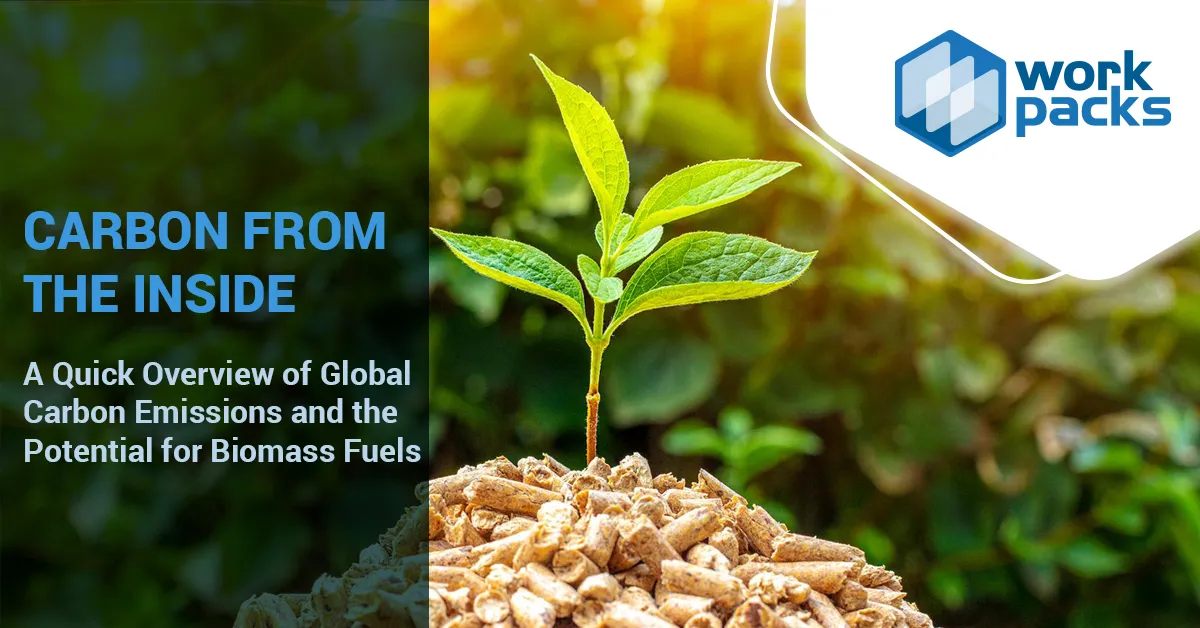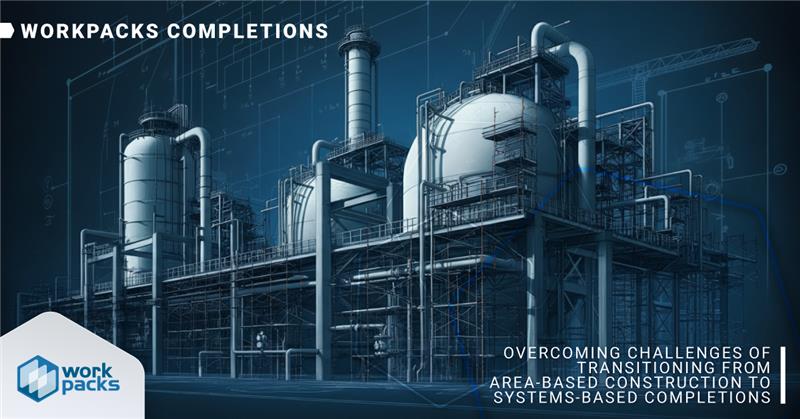WorkPacks has found itself at the confluence of the power, industry, and transport sectors due to our clients’ focus being largely the processing of fuels used across all three. In this first blogpost of a series focused on the energy transition, we are excited to give you a high-level look at the current state with a quick dive into biomass fuels and their potential contribution to mitigating carbon emissions – so let’s get into it.
While global carbon emissions dipped a little in 2020 due to the covid pandemic, energy demand and supply has been increasing since as supply chains have been restored, travel revived, and global commerce recovered. In 2022, out of the four sectors of power, industry, transport, and buildings, the power, industry, and transport sectors emitted over 14 Gt, 9 Gt, and 8Gt of CO2 respectively. To put this into perspective:
“Imagine a cube 27 feet tall, wide, and long. But just in case that’s a little hard to picture, imagine a cube almost as tall, wide, and long as a telephone pole. That’s how much space it would take to hold a metric ton of CO2…And remember, this is literally a ton. While it may not seem like a gas can weigh that much, this 27’ x 27’ x 27’ cube has the same weight as a great white shark or, well, a ton of bricks (400 bricks!)”
That’s 31,000,000,000 of those 27m cubes of carbon dioxide for just the power, industry, and transport sectors. Consider still, that these numbers only include CO2 emissions and exclude other carbon gasses released into the atmosphere through combustion and other natural processes, such as nitrous oxide and methane and the amount of global carbon emissions – suffice it to say – is a lot.
Natural gas is primarily methane, which has a higher energy content compared to other fuels such as coal or oil, which consequently means that there are lower CO2 emissions relative to its energy content (a list of Carbon Dioxide Emissions Coefficients can be found in the link below). Methane is released into the atmosphere as a biproduct of fracking for natural gas and drilling for oil and is considered a carbon pollutant. However, if it can be captured in a renewable way, such as the natural biproduct of manure or landfills and substituted for oil and coal, it will not only reduce energy demand for mining and drilling, but also reduce carbon emissions when it is substituted for electricity generation or transport – something we’re seeing increasingly focused on in the field.
The complexity and scale of carbon emissions throughout multiple sectors necessitates a wide range of solutions, and WorkPacks is seeing these solutions deployed in the field, including biomass. Biomass is a complex solution in and of itself and takes a multitude of forms (for a great succinct biomass overview, check out the Nat Geo article below). One of these potential solutions is the collection of methane from decaying organic material:
“So going to dairy farms and collecting the manure and processing it into jet fuel. The manure to jet fuel business and doing that – these projects are relatively small. They’re between $60 to $100 million, but they’re all on skids and they’re repeatable and standardized – and there are huge benefits to scaling that as well. It’s kind of interesting to see our friends at the major oil and gas companies becoming involved in the energy transition and trying their hands at all sorts of different technologies and projects to really drive the energy transition and to get to a level of sustainability tied to the decarbonization goals set for 2030 and 2050.” –Eric Crivella
Naturally, there are both pros and cons to alternate fuels and the way we can use biomass on a global scale, but as global policies and economics internalize environmental externalities, cost of fuel production and end use plays a significant role in the debate of how to effectively transition to clean fuels. Stay tuned in our next post as we discover the role of carbon markets in the global energy transition, and how it’s cultivating the carbon capture movement.
MIT Article on the actual size of a ton of Carbon Dioxide: https://climate.mit.edu/ask-mit/how-much-ton-carbon-dioxide
Carbon Dioxide combustion coefficients by fuel type: https://www.eia.gov/environment/emissions/co2_vol_mass.php
National Geographic – Overview of Biomass Energy: Nat Geo Article









